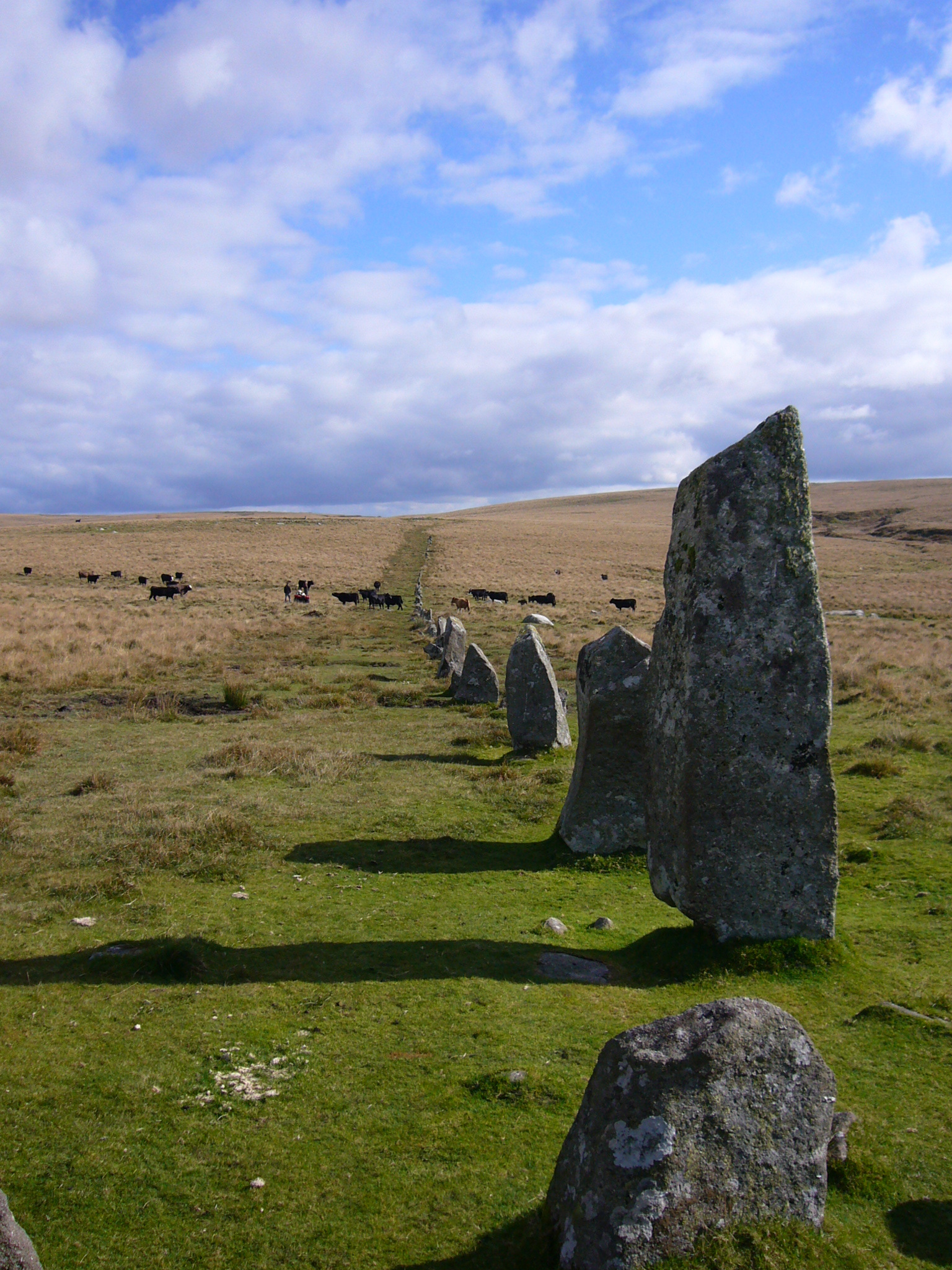

This month's tour features
The Skin Map by Stephen R. Lawhead, a well-known writer with several novel cycles to his credit.
The Skin Map is the first book in the Bright Empires series. The second novel in the series--
The Bone House--is scheduled for September 2011. If you have read my previous post, you will know that we received our review copies late. (Mine arrived last Saturday). I prefer a couple days to think about a novel before I write about it and I usually have the first post written well before Monday but no such luxury this time. I finished the book Sunday night, so I feel like I'm doing this tour by the seat of my pants, which may be appropriate. Two of the protagonists--Kit and Wilhelmina--are living by the seat of their pants as they jump from one time and place to another. Before I go any further, I must point out to potential readers that there is a major problem with this book. The pages end before the story does. Yes, a few (very few) issues are resolved and a mystery or two is cleared up but there is a lot more story left. Reading
The Skin Map is like stopping
The Lord of the Rings after
The Fellowship of the Ring.
 |
| Down Tor stone row on |
| Dartmoor in South Devon, UK. |
In an essay at the back of the book, Lawhead remarks on his inspiration for the story. In the early twentieth century, Alfred Watkins noticed that many ancient landmarks in the English countryside were aligned in straight lines. He documented the phenomenon, termed them "ley lines," and published at least three books on the subject. Theories abound regarding ley lines. There are many landmarks in Europe, so some argue that lines formed by various points are inevitable based merely on random chance. Others dispute the purpose and significance of ley lines. Were the ancients marking something, such as "the telluric energy that is associated with various geodynamic forces of the earth: underground streams, fault lines, movement of the earth's crust, and even, perhaps, lightening strikes?" (p. 402) No one knows, but Lawhead has crafted one scenario, that these lines are points at which alternative universes touch, into an exciting and engaging story.
The story begins with Kit trying to make it across modern-day London to his girlfriend's flat where she is waiting for him to take her shopping for curtains. Everything Kit does goes awry. He eventually wanders down a dark alley known as Stane Way (Anglo-Saxon for Stone Way, referring to standing stones) and meets a man named Cosimo who claims to be his great-grandfather and seems to know everything about Kit's dull existence. (Most people would say Kit does not have a life.) Cosimo convinces Kit to have a drink with him and when the pair emerge from the alley, they are in an early nineteenth-century fishing village. Over a tankard of ale at a local pub, Cosimo explains ley lines and jumping between worlds and asks Kit to aid him in a project. Kit believes that he is suffering from some extended hallucination and refuses any part in Cosimo's plans.
Kit reenters London through the Stane Way ley and eventually arrives at his girlfriend Wilhelmina's house eight hours late. She is not pleased. Neither Kit nor Wilhelmina appear to be all that fond of each other but remain as a couple out of mutual desperation. Wilhelmina is plain and severe looking. She is a baker and lives a life of early mornings and early nights, different from Kit's time schedule. Kit reluctantly tells her the story of his meeting with Cosimo because he can think of no other "plausible" explanation. He decides the only way to convince her is to show her, so she accompanies Kit to Stane Way. They both make the leap to another world. Kit winds up where he left Cosimo. Wilhelmina winds up somewhere else. Ley jumping takes practice and Kit is a novice. Kit and Cosimo set out to find Wilhelmina and their storyline takes them to seventeenth-century England and later a tomb in twentieth-century Egypt. Wilhelmina finds herself in early seventeenth-century Bohemia. Fortunately, Wilhelmina learned German from her grandmother. She hitches a ride from a baker--another fortunate coincidence--on his way to Prague to set up a new shop. Two other characters have their own plot lines--Arthur Flinders-Petrie and Lord Archelaeus Burleigh, Earl of Sutherland--but more about them tomorrow.
As expected from a writer as experienced as Lawhead, the narrative flows and we move from story to story without too much jarring. The various worlds are rendered in detail. (I know more about seventeenth-century London eating habits than I ever wanted to know.) Lawhead has clearly done some research.
Photo Credit: Attributed to Herby. This file is licensed under the Creative Commons Attribution-Share Alike 3.0 Unported, 2.5 Generic, 2.0 Generic and 1.0 Generic license.
In conjunction with the CSFF Blog Tour, I received a free copy of
The Skin Map from the publisher.
To learn more about the author, visit his website at
http://www.stephenlawhead.com/.
To learn what the other CSFF bloggers are saying, follow the links below:




